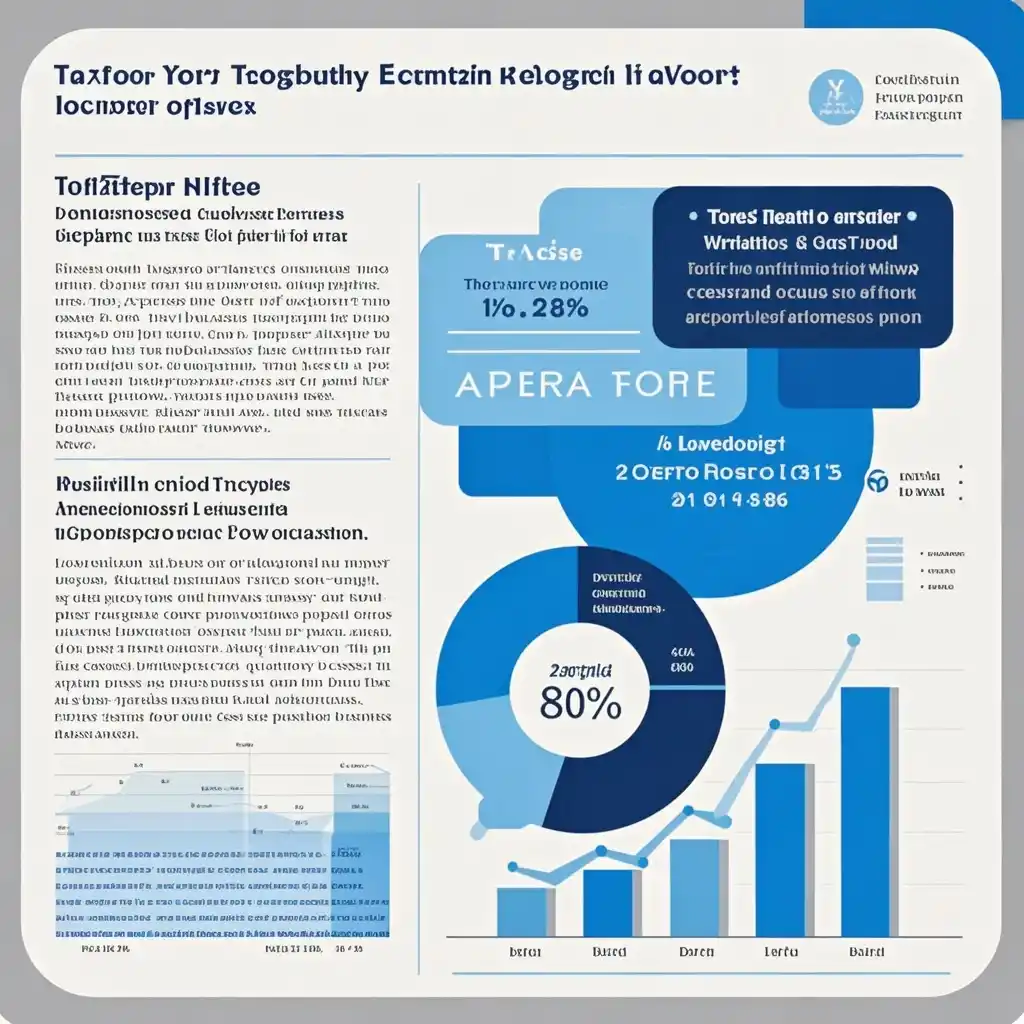

In the realm of cross - border e - commerce, the impact of tariff - induced welfare losses is a significant concern. This blog post aims to analyze how these welfare losses affect cross - border e - commerce enterprises.
Background
With the globalization of trade, cross - border e - commerce has been booming. However, tariffs imposed by different countries have become a major obstacle. For example, in some regions, tariffs on certain e - commerce products can be as high as 20% or more. These tariffs are often set for various reasons, such as protecting domestic industries, regulating trade imbalances, or for political considerations. When tariffs are imposed, it directly affects the cost structure of cross - border e - commerce enterprises. The price of imported goods for these enterprises increases, which in turn affects the final price that consumers have to pay. According to a recent study, a 10% increase in tariffs on average can lead to a 5 - 8% increase in the retail price of cross - border e - commerce products. This not only reduces the competitiveness of these products in the market but also has a profound impact on the economic welfare of both enterprises and consumers.
Welfare Impact on E - commerce
1. Profitability of Enterprises Tariff - induced welfare losses directly hit the profitability of cross - border e - commerce enterprises. Higher tariffs mean higher costs of goods procurement. For instance, if an e - commerce enterprise imports a batch of fashion products worth $100,000, and a 15% tariff is imposed, it has to pay an extra $15,000 just for tariffs. This additional cost squeezes the profit margin. A survey shows that about 40% of cross - border e - commerce enterprises have seen a decline in their profit margins due to tariff - related issues in the past year. 2. Consumer Demand As the price of products rises due to tariffs, consumer demand for cross - border e - commerce products may decline. Consumers are price - sensitive, especially in a highly competitive e - commerce market. If the price of a popular imported beauty product increases by 10% due to tariffs, the sales volume may drop by 15 - 20% according to market research. This not only affects the revenue of e - commerce enterprises but also disrupts the growth potential of the entire cross - border e - commerce market. 3. Market Expansion For cross - border e - commerce enterprises aiming to expand into new markets, tariff - induced welfare losses pose a significant challenge. High tariffs in a potential market can make it difficult for enterprises to enter with competitive prices. For example, an e - commerce startup planning to enter a foreign market with a high - tariff barrier may find that it is unable to offer prices comparable to local competitors, hindering its market - entry and expansion plans.
Strategies for Cross - border E - commerce Enterprises
1. Diversification of Sourcing One strategy is to diversify the sources of products. Instead of relying solely on imports from high - tariff regions, enterprises can explore suppliers from regions with more favorable trade policies or lower tariffs. For example, some e - commerce enterprises are shifting their sourcing from traditional high - tariff markets to emerging economies with free - trade agreements or lower tariff rates. By doing so, they can reduce the impact of high tariffs on product costs. 2. Localization Localization can also be an effective strategy. This includes setting up local warehouses, production facilities, or partnering with local distributors. By localizing operations, cross - border e - commerce enterprises can avoid some of the tariffs associated with importing goods. For instance, a well - known e - commerce platform has established local warehouses in several major markets. This allows them to store inventory locally and reduce the need for frequent cross - border imports, thereby reducing tariff costs. 3. Value - added Services Focusing on providing value - added services can help enterprises differentiate themselves in the market despite tariff - induced price increases. For example, offering better after - sales service, faster delivery, or personalized product recommendations. An e - commerce enterprise that specializes in electronics found that by providing free extended warranties and fast - track repair services, they were able to retain customers even when product prices increased slightly due to tariffs.
Summary
Tariff - induced welfare losses have a far - reaching impact on cross - border e - commerce enterprises. It affects their profitability, consumer demand, and market expansion plans. However, by implementing strategies such as diversification of sourcing, localization, and focusing on value - added services, enterprises can mitigate some of these negative impacts. In the face of the complex and ever - changing international trade environment with tariff uncertainties, cross - border e - commerce enterprises need to be proactive and flexible in adapting their business models to ensure their long - term survival and growth.